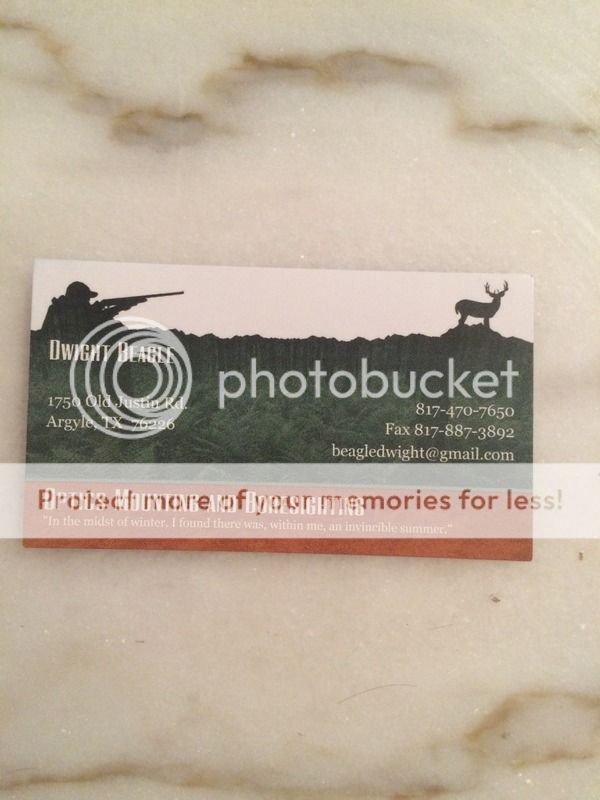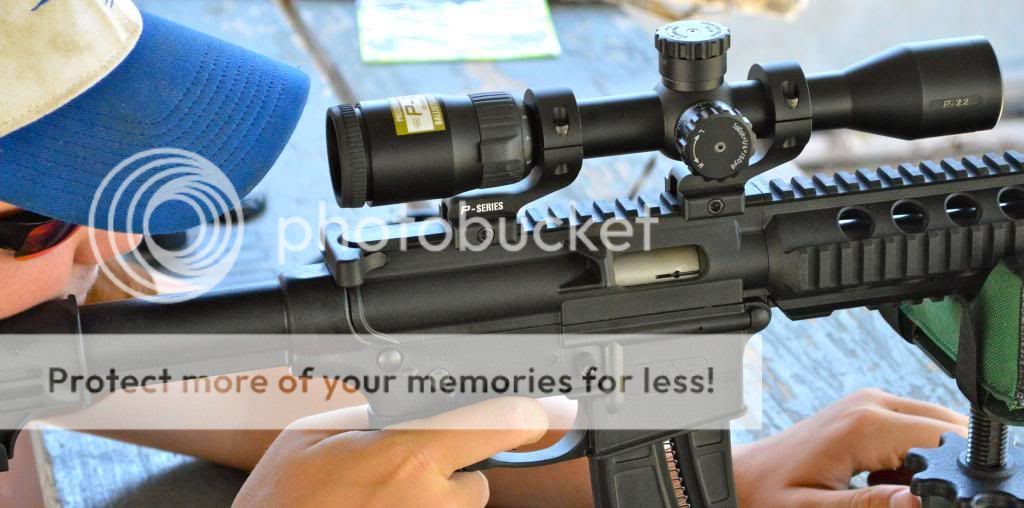Ok, I'm set on a Nikon scope now and was ready to order than I googled how to install a scope properly. Glad I did, not a simple task for those who have never done it and I'd need some more tools it seems. Few questions.
Is a two piece scope mount more likely to give me troubles than a one piece?
a p-series vs m-series mount for example.
I have to get a torque screwdriver, $45 and a bubble leveling set $18 or could but the scope kit for $90 but if I need lapping, it would be even more.
Should I just pay a gunsmith to do it for me? I'd probable only ever own 3 guns with scopes that I see in my future. It looks like cost to mount a scope is ~$30 from a google search.
Appreciate input.
Is a two piece scope mount more likely to give me troubles than a one piece?
a p-series vs m-series mount for example.
I have to get a torque screwdriver, $45 and a bubble leveling set $18 or could but the scope kit for $90 but if I need lapping, it would be even more.
Should I just pay a gunsmith to do it for me? I'd probable only ever own 3 guns with scopes that I see in my future. It looks like cost to mount a scope is ~$30 from a google search.
Appreciate input.



